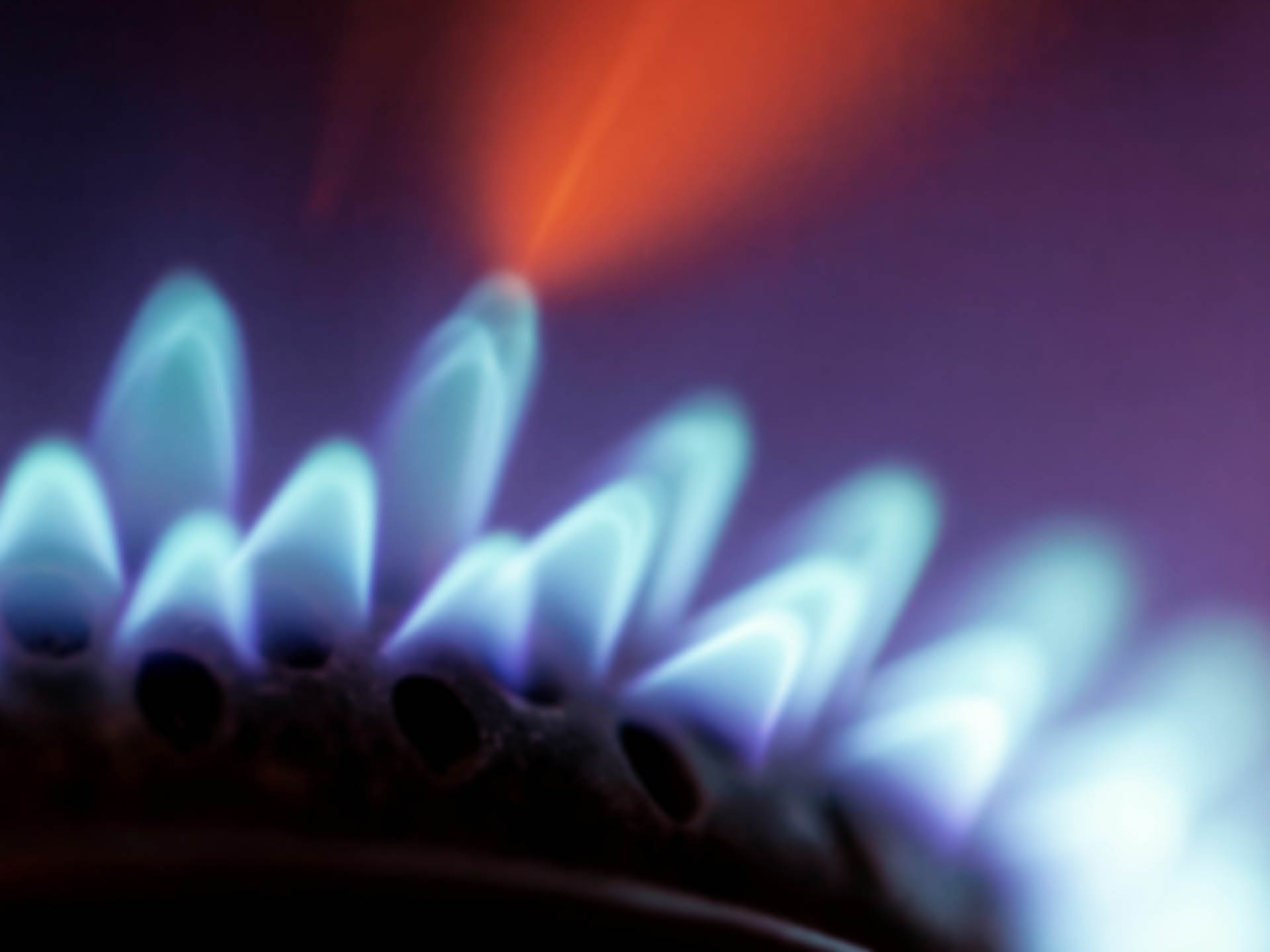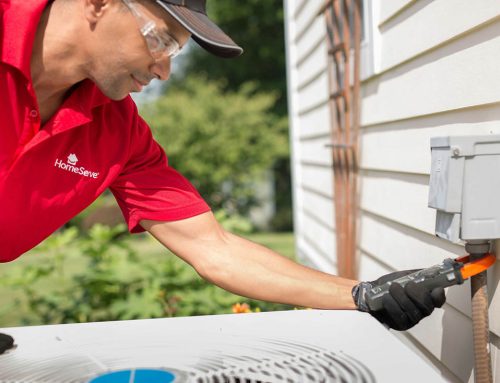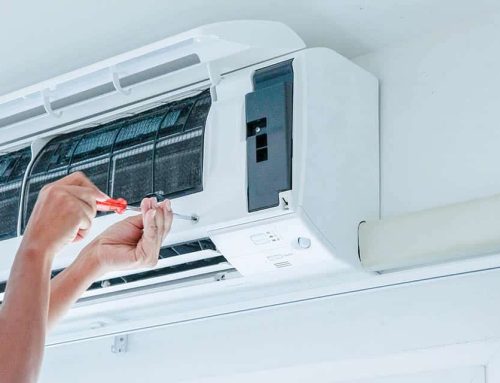
How Does My Gas Furnace Work?
Gas furnaces create heat by burning natural gas. This gas is usually methane combined with other carbon based gasses.
The Ignitor
The process starts with the ignitor. The ignition source for older furnaces is a pilot light, newer furnaces use an electronic starter.
With a pilot light, the regulator supplies a very small bit of gas to keep the flame going, so that it can light the gas when the furnace turns on.
An electric start uses an element similar to a bulb filament to ignite the gas burner. When the thermostat tells the heater to ignite, an electric current flows over the filament and the temperature created will cause the gas to ignite.
The Combustion Chamber
The ignitor lights the gas that is in the combustion chamber. This is the area of the furnace where fuel and air mix. All combustion requires oxygen. Your furnace has a vent system so that it can “inhale” air to create clean and efficient combustion. This vent system is also where your furnace will “exhale” the combustion by-products. This is one key area that needs cleaning and maintenance regularly to manage your indoor air quality and ensure proper and complete combustion inside your furnace.
The Heat Exchanger
The heat exchanger is above the combustion chamber. The heat from the combustion rises into the exchanger and warms up the cold air inside. When the air heats to the desired level, the motor turns on and blows the air through the ducts and into your house. This air is then blown around and returned to the furnace to start the cycle again until the temperature matches that set on your thermostat.
There are a few common problems that come with a gas furnace, some simple, some more serious. They can be as simple as a pilot light that needs relighting to short cycling, noise and not blowing hot air. Call us today or request service online if you are experiencing any problems with your furnace and we can diagnose the issue for you.

